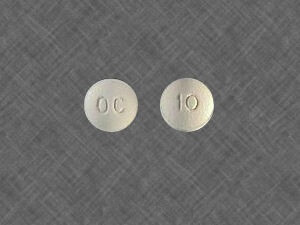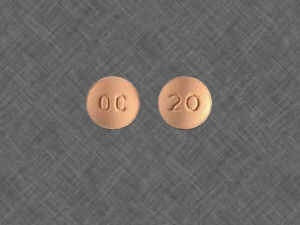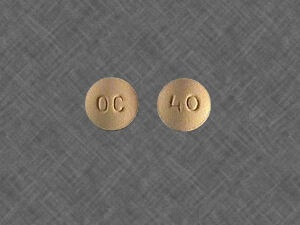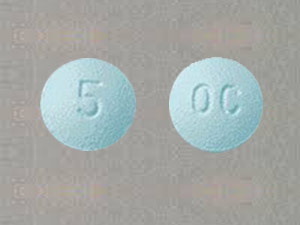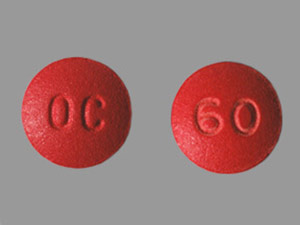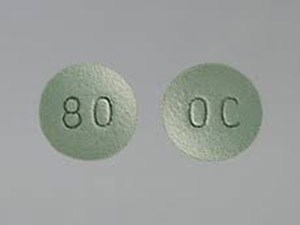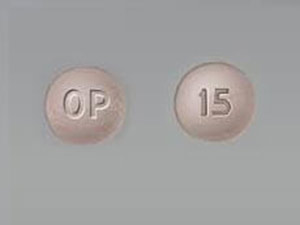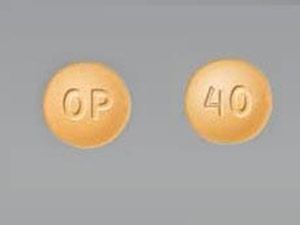Showing all 14 results
What is Oxycotin?
Oxycotin is a prescription pain medication that has been widely used in the United States since the 1990s. It is a powerful narcotic drug that is derived from the opium poppy plant, which has been used for centuries to treat pain and induce euphoria.
What is it used for?
Oxycotin is primarily used to treat moderate to severe pain, such as pain caused by cancer or surgery. It is often prescribed when other pain medications have not been effective. Oxycotin is a type of opioid pain medication. It works by binding to certain receptors in the brain and spinal cord, which helps to reduce the sensation of pain. The drug is available in a variety of forms, including tablets, capsules, and liquid solutions.
It is often used to treat severe pain, such as that caused by cancer or major surgery, but it can also be prescribed for chronic pain conditions like arthritis or back pain. It is available in a variety of formulations, including immediate-release and controlled-release tablets.
However, due to its high potential for abuse and addiction, Oxycotin should only be used under the close supervision of a healthcare provider. Misuse of Oxycotin can lead to serious health consequences, including overdoses and death.
How does it work?
Oxycotin works by binding to specific receptors in the brain and spinal cord, which are involved in the perception of pain and the release of dopamine, a neurotransmitter that is associated with pleasure and reward.
When Oxycotin binds to these receptors, it can block the transmission of pain signals and produce feelings of euphoria and relaxation. However, over time, the body can become tolerant to Oxycotin, meaning that higher doses are needed to achieve the same effects.
What are the dosage details?
The dosage of Oxycotin will depend on a variety of factors, including the patient’s age, weight, and medical history. Immediate-release Oxycotin tablets are usually taken every 4-6 hours as needed for pain relief. Controlled-release Oxycotin tablets are formulated to release the medication slowly over a period of 12 hours and are usually taken twice a day.
What are its side effects?
Oxycotin can cause a variety of side effects, including:
- Nausea and vomiting
- Dizziness and drowsiness
- Constipation
- Headache
- Itching
- Decreased appetite
In some cases, Oxycotin can also cause more serious side effects, such as respiratory depression, which can be life-threatening. It is important to seek medical attention immediately if you experience difficulty breathing, chest pain, or other severe symptoms.
What are its withdrawal symptoms?
Symptoms of withdrawal can include:
- Restlessness and agitation
- Anxiety and depression
- Nausea and vomiting
- Muscle aches and cramps
- Insomnia
- Diarrhea
Withdrawal symptoms can begin within a few hours of the last dose of Oxycotin and can last for several days or even weeks. It is important to seek medical help if you are experiencing withdrawal symptoms, as they can be managed with medication and other treatments.
Oxycotin is a powerful pain medication that can be effective in treating chronic pain, but it has also been a major contributor to the opioid epidemic in America. It is important to use Oxycotin only under the close supervision of a healthcare provider and to follow the dosage instructions carefully. If you are experiencing side effects or withdrawal symptoms from Oxycotin, seek medical attention immediately.

